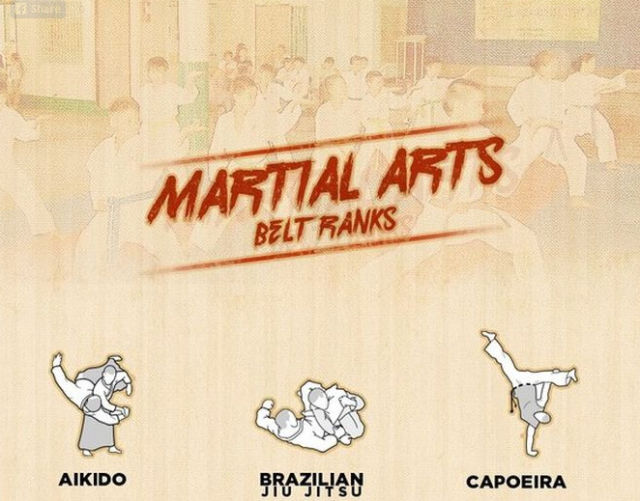Just How Do The Discipline-Centered Technique Of Standard Martial Arts And The Competition-Driven Nature Of Contemporary Battle Sports Vary? Discover The Significant Differences That Can Form Your Experience
Just How Do The Discipline-Centered Technique Of Standard Martial Arts And The Competition-Driven Nature Of Contemporary Battle Sports Vary? Discover The Significant Differences That Can Form Your Experience
Blog Article
Short Article Writer-Skovbjerg Sexton
When you think about martial arts, do you lean a lot more toward the standard methods or the modern combat sporting activities? Each course uses distinct benefits and experiences, shaped by their philosophies and training techniques. Traditional martial arts highlight individual development and self-control, while modern battle sports concentrate on competition and efficiency. Recognizing these distinctions can direct you in selecting the right approach for your journey. Yet just how do these distinctions show up in training and philosophy?
The Philosophy and History Behind Typical Martial arts
While many people associate martial arts with physical combat, the ideology and background behind typical martial arts run much deeper. You'll find that these disciplines highlight personal development, self-control, and respect.
Originating from old techniques, standard martial arts were typically developed for Self-Defense and spiritual advancement. They symbolize principles such as equilibrium, harmony, and self-control, assisting professionals past simple battling abilities.
As you train, you'll not just learn strategies but also acquire insights into the society and worths that shaped these arts. The routines and traditions, usually given through generations, foster a feeling of area and belonging.
The Affordable Nature of Modern Combat Sports
Modern battle sporting activities have actually changed the landscape of martial arts into a highly affordable field, where athletes take on in an examination of skill, technique, and endurance.
You'll notice that competitions are often organized with rigorous rules and laws, guaranteeing fair game and safety. These events attract big target markets, fueling the excitement and intensity of matchups.
Athletes train carefully, not just for physical prowess however additionally for psychological sturdiness, understanding that every information counts in the ring. The adrenaline rush during competitors is apparent, as fighters press their restrictions to assert victory.
Fans appreciate the athleticism and virtuosity involved, making modern-day combat sports a thrilling phenomenon that remains to advance and mesmerize lovers worldwide.
Training Techniques and Techniques: A Relative Evaluation
The affordable atmosphere of contemporary battle sports needs cutting-edge training methods that vary dramatically from traditional martial arts.
In modern training, you'll focus on particular strategies, competing, and conditioning, typically using drills that replicate actual fight circumstances. You'll see a focus on measurable performance and regular competitors to examine your abilities.
On the other hand, conventional martial arts focus on forms, katas, and philosophical mentors, frequently stressing discipline and regard over competitors.
Training is usually much less intense and may involve repetitive practice rather than real-time sparring.
While both approaches build skill and fitness, contemporary fight sports give a much more dynamic and adaptable training setting, preparing you for immediate obstacles in the ring or cage.
Pick the course that aligns with your objectives and rate of interests.
Final thought
In picking in between typical martial arts and modern fight sporting activities, it actually boils down to what you value most. If please click the following web site trying to find individual development, self-control, and a feeling of area, typical arts might be your best fit. However if visit my homepage prosper on competitors and real-time difficulties, modern fight sports could be the way to go. Inevitably, both courses offer special benefits, so it's everything about aligning your training with your individual goals and interests.
